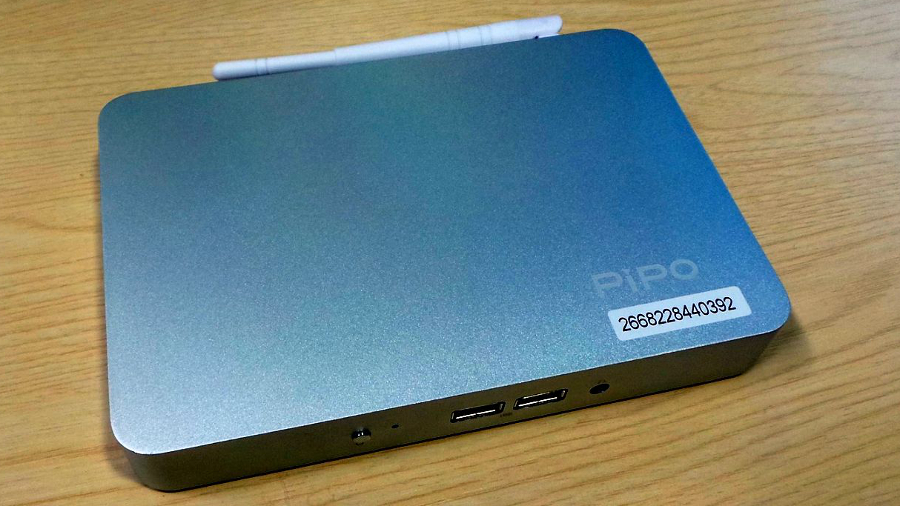TechRadar Verdict
Cheap, silent, nicely built and, dare we say, hackable, what's not to like about the Pipo X7? Just make sure you manage your expectations about its performance.
Pros
- +
No bloatware
- +
Nice finish
- +
Office 365 on board
- +
Totally silent
Cons
- -
External PSU
- -
Still high power consumption
- -
USB 2.0 ports only
- -
10/100 Ethernet
Why you can trust TechRadar
We first encountered the Pipo brand when we reviewed the W2 a few months ago. The tablet left us with a good impression of the China-based company, especially when it came to value for money.
So much so that we've asked for another device from them, the X7, which promises to hit the right notes as well.
The X7 is essentially a mini computer that utilises the same kind of hardware you'd expect to see on a tablet, an entry-level laptop or smartphone. This one doesn't have any baseband hardware, cameras, display or battery, which means that it should be significantly more affordable.
The price includes delivery but excluding potential taxes. Geekbuying told us that this is more likely to happen when ordering the express service.
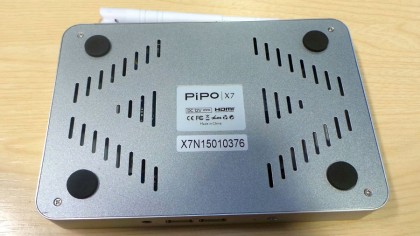
Design
Instead, everything is neatly packed in what looks like a sleek aluminium enclosure that also doubles as a giant heat sink with plenty of vents on the sides and underneath. Other than Pipo's logo/labels, there's nothing; no Intel Inside, Windows 8.1 or Office 365 stickers.
This machine is tiny at 188 x 129 x 25.6mm (W x H x D, 7.4 x 5 x 1-inch) and light (440g, just under a pound) though. When we took it apart, we found that there was plenty of space inside, which is ideal to keep things cool and prevent the processor from throttling.
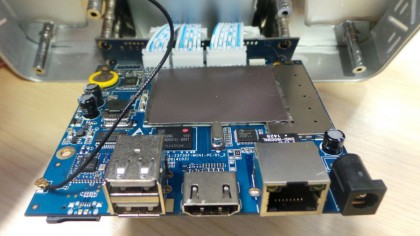
Inside the Pipo X7 is a quad-core Intel Atom Bay Trail-based processor, the Z3736F, a 22nm part clocked at 1.33GHz, but capable of ramping up to 2.17GHz.
It is backed by 2GB of DDR3 memory and 32GB of storage courtesy of the equally popular Samsung MBG4GC; the same part can be found in the Dell Venue 8 Pro and the Microsoft Surface 2. Note that Windows shows that 23.5GB of that storage is accessible with about 16.1GB free (that's after more than 90 updates to Windows).
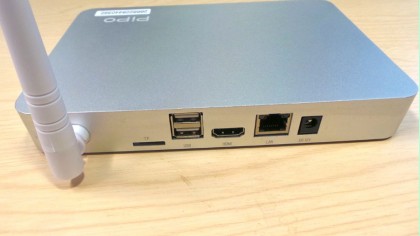
You can supplement that by adding a microSD card and even more if you attach external hard disk drives to the four available USB ports (there are two front and two at the back, even if they are all USB 2.0 which is a real let-down).
Since this is a desktop PC, you can also expand remote storage by hooking up a NAS either via wires (through the 10/100Mbps Ethernet port) or wirelessly (thanks to 802.11n connectivity) helped by an external antenna.
Other ports/connectivity options include Bluetooth 4.0, a dual-purpose audio connector, an HDMI port and a power-in for the 24W external power supply unit. A single button is used to power on the computer and a red LED lights up when the machine is turned on.
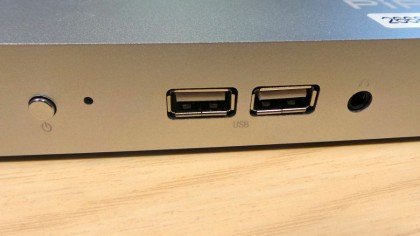
Performance
As far as performance is concerned, the X7 should be more than adequate for the non-demanding, average user, the type of audience who would be content with that box which can make a TV "smart". It boots really fast and 13 tabs opened in Internet Explorer 11 consumed only about 40% of the device's processor resources (and 90% of system memory).
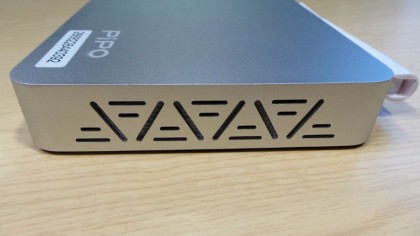
Don't expect to game seriously on the X7 though. The graphics performance is likely to be ridiculously low thanks to a combination of paltry video memory (32MB) and entry-level graphics (an Intel HD Graphics part clocked at 313MHz).
It does turn relatively warm when in use but never hot to the touch (unlike some laptops I've tested in the past).
The X7 hit 2.9 on Microsoft's Windows Hardware Experience Index with graphics revealed to be its major weakness. It scored highly on processor (5.6) and hard disk (7.1) on a scale of 7.9.
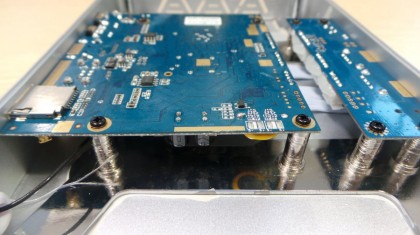
An interesting titbit: one of the tools we used, PC Wizard, reports that the X7 runs on a 32-bit version of Windows 8.1 v6.02.9200 Connected Home Edition, a moniker we haven't come across yet. Still, this one came with Bing (as expected) and Office 365 Personal, even if it is not mentioned anywhere.

Désiré has been musing and writing about technology during a career spanning four decades. He dabbled in website builders and web hosting when DHTML and frames were in vogue and started narrating about the impact of technology on society just before the start of the Y2K hysteria at the turn of the last millennium.
